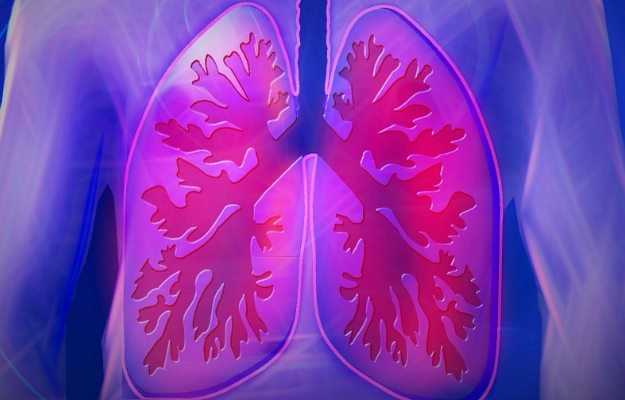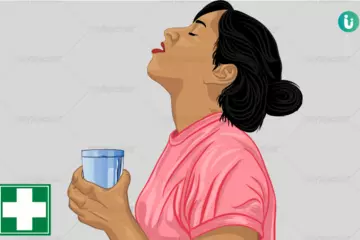What is Respiratory distress syndrome?
Neonatal respiratory distress syndrome (RDS) is a condition in which breathing becomes difficult and is mainly seen in pre-term babies and newborns. It is rarely seen in adults and presents as acute respiratory distress syndrome (ARDS), which occurs mainly within 24 to 48 hours of the original illness or injury.
What are its main signs and symptoms?
RDS symptoms are seen in the newborns sometimes within minutes of or several hours after birth, and may include:
- Rapid and/or shallow breathing.
- Shortness of breath or apnoea (brief stop in breathing).
- Grunting sounds while breathing.
- Unusual breathing movements.
- Nasal flaring.
- Decreased urine output.
- Discolouration of the skin and mucous membranes which turn blue (cyanosis).
What are the main causes?
RDS develops in neonates with incompletely developed lungs and is mainly caused due to a deficient surfactant (a slippery substance present in mature and developed lungs), which prevents deflation of air sacs by helping lungs fill with air. Genetic defects during lung development can also lead to RDS. It is more common in preterm babies and uncommon in full-term babies. Meconium aspiration, i.e., accidental intake of baby poop while still in the womb too can lead to RDS.
How is it diagnosed and treated?
The physician carries out a complete examination and the following tests are advised further:
- Blood tests to rule out infection.
- Chest X-ray, to detect ground glass appearance of the lungs, which generally appears 6 to 12 hours after birth.
- Blood gas analysis, to detect abnormal oxygen levels and acid levels in the body fluids.
Newborns suffering from this problem or at risk need critical care and should be monitored by a specialist. Babies need a calm setting along with gentle handling while keeping them at ideal body temperature. Their fluids and nutrition should be well managed and infections, if any, should be treated. The different management modalities include:
- Providing warm, moist oxygen, to the newborns under careful supervision and continuous monitoring.
- Administering extra or artificial surfactant, which is generally given directly through the baby's airway.
- Use of ventilator is advised when:
- Carbon dioxide level is high and oxygen level is low in the blood.
- Low blood pH (acidity).
- When there are frequent pauses in breathing.
- Continuous positive airway pressure (CPAP) is another mode of treatment given through ventilator or CPAP device, in which air is sent into the nose, which does not require assisted ventilation.

 OTC Medicines for Respiratory Distress Syndrome
OTC Medicines for Respiratory Distress Syndrome
 Respiratory Distress Syndrome articles
Respiratory Distress Syndrome articles




 Editorial Team
Editorial Team











